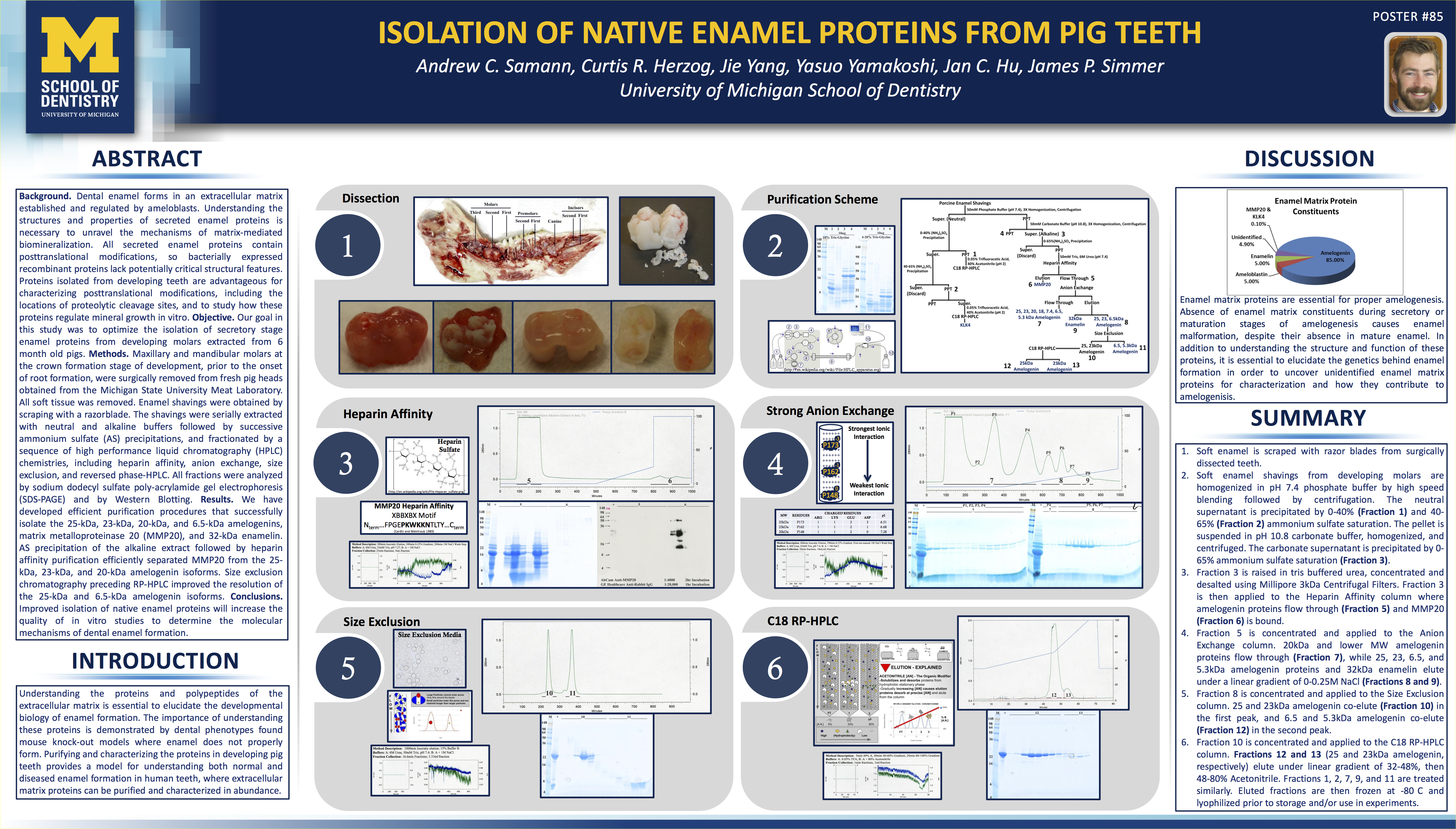In 1996 California introduced cannabis for medicinal use, opening the doorway to legalization in the United States. Many other countries and cultures have recognized cannabis for its therapeutic properties. and Now, more than a decade into the twenty-first century, has the US began to accept this notion as well.
Cannabis is now the fastest growing industry in the United States with sales slated for $7 billion, more than a 25% increase from 2016. A poll by Gallup shows that cannabis approval is up to 60% of the American public in 2016 which is 50% higher than 2011. In 2012 Colorado and Washington State became the first states to have recreationally legal cannabis for consumption by those 21 years of age or older.
By 2017 states across the union have recognized cannabis for medicinal use. Currently, 29 states have some form of medicinal cannabis laws in effect with 8 states and the District of Columbia being out right legalized for recreational use.
The federal government still has cannabis listed as an illegal schedule I substance with no oversight by the FDA for regulation. With a serious need emerging for regulation, stakeholders in the budding cannabis industry turned to ASTM International in 2015 for a committee to be formed to create standards. ASTM being an internationally recognized body of professionals that lead the way in creation of standards for industries throughout the world for basically every facet of manufacturing, finally accepted the task in 2017 and created D37 the committee on cannabis. For stakeholders in the industry this was a huge step forward in the recognition of cannabis and its legitimacy as a therapeutic drug with widespread medicinal use.
D37 is the officially recognized committee on cannabis with the inaugural meeting on June 11-12, 2017 in Toronto, Canada. The committee is composed six subcommittees to cover all aspects of manufacture of cannabis which was agreed upon during the meeting to vote and create the committee at ASTM headquarters.
The six subcommittees cover indoor and outdoor horticulture and agriculture, quality management systems, laboratory, processing and handling, security and transportation, and personnel training, assessment, and credentialing. Each subcommittee is chaired by a leader in each respective field.
Those involved in the inaugural meeting all agreed that this is a pivotal point in the industry and the upmost care shall be taken in the development of these standards. Careful consideration will be placed on each and every standard and all stakeholders see this committee as the prime example of what cannabis will be in the next decade.
ASTM has chosen to lead the way in bringing cannabis from the taboo underground into the forefront of horticulture manufacturing. D37 will bring standardization into a medicine that so many already desperately depend on and a medicine that so many more need. ASTM has recognized the flaws in an industry that most have a difficult time acknowledging as a legitimate medicine but understands the more information that is available the more likely it is to be accepted. Cannabis is no longer in basements and closets but controlled in multi-million dollar state of the art greenhouses. This will be the medicine of the 21st century and eliminate the dependence on opioids that are destroying so many lives. Stakeholders of the industry see this as the way in to the future and the help so many need.
Contact Us.
Are you interested in participating in ASTM International D37 Cannabis Standards Committee? Send us an email and we will send you a personal invitation to the committee.

